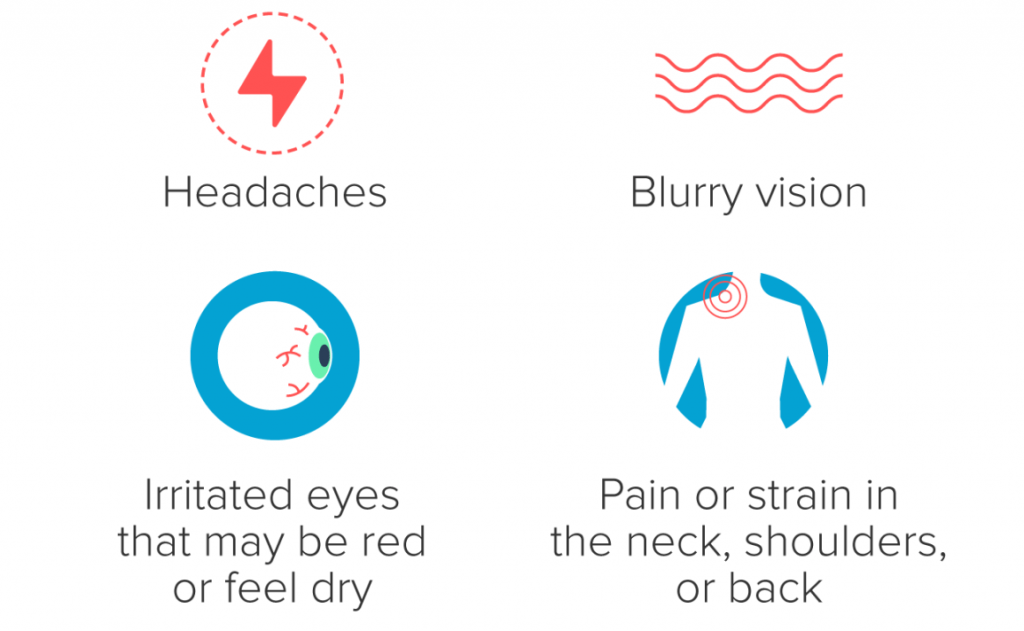Dramatic Increase of Young Glasses Wearers
In 2017, according to World Health Organization (WHO), the prevalence of myopia or short-sightedness is increasing dramatically among children, particularly in urban area of South East Asia. Association of Malaysian Optometrist (AMO) president, Murphy Chan said that a study in 2017 reported that one in every 10 children in Malaysia has an undiagnosed vision problem.
Those facts were referring to the scenario two years ago. With the trend of doing everything online and influence of social media, people are now spending too much time on electronic device, including us who are now looking at the screen.


Children are exposed to electronic devices at a very young age as modern toys or tools to keep them concentrated and stop them from disturbing the adults. Gradually, they will be addicted to those electronic devices and find life without Wi-Fi and those devices dreadful. They show no interest towards the environment and in face to face communication. They often use electronic gadgets at a close distance frequently or for a long period of time without rest due to online gaming, video watching or online reading. As a result, they end up having dry, red and tired eyes. If those actions are performed daily, the children will soon suffer from blurry vision and headache leading to refractive errors like myopia. The normal symptom is having blurred vision at near or at both near and distance for high myopia.


Moreover, school kids nowadays are frequently requested to complete their task with the help of electronic devices since the process of digitalising education is going on. Most of them are diagnosed of myopia even though their parents are not having the refractive errors which doubts the finding that myopia is related to inheritance. This ends up in high demand of glasses and contact lens prescriptions for youngsters and children. Not wearing glasses prescribed for them might cause squinting, frequent headaches, eyes rubbing and fatigue besides blurred vision and bumping into things or people. Children might also avoid activities that require vision like homework and doing revision. In long term, not wearing glasses might cause incomplete development of eyes.

It will be impossible for children born in this age of information technology (IT) and artificial intelligence (AI) to avoid using electronic device. However, reducing or controlling the time spent on electronic devices are applicable with parents’ guidance. Please advise your kids to let their eyes rest for every 20 minutes spent on electronic devices such as smartphones and tablets. By “rest”, it refers to closing your eyes to relax the muscles, looking at far off objects for at least 20 seconds or enjoying the scenery (particularly natural environment or green plants).

We should avoid using electronic devices at night especially an hour before bedtime for a good sleep. Blue light from the screen will stimulate constant pupil constriction and affect your biological clock (circadian rhythm) to make you stay awake. The brightness of the screen should be adjusted accordingly. We can also switch on the eye-protection mode, night mode or anti-blue light mode in the electronic device to prevent eye strain.


I hope there will be some efficient and economic methods in reducing the number of young glasses wearers.
